Spring Lake NC: Year-Round Sports & Outdoor Activities Guide
Spring Lake, North Carolina, is a vibrant outdoor destination boasting diverse parks and recreation…….
All About North Carolina
Introduction
Spring Lake, North Carolina, is a unique natural wonder that has garnered attention for its pristine waters, rich biodiversity, and scenic beauty. Nestled within the Piedmont region of the state, Spring Lake holds significant ecological, historical, and cultural importance. This comprehensive article will delve into the essence of Spring Lake, North Carolina, exploring its multifaceted significance, from environmental conservation to economic impact, and its role in shaping regional and global water resource management strategies.
Understanding Spring-Lake-North-Carolina
Spring Lake is a natural freshwater lake that feeds into the Cape Fear River, located near Fayetteville, North Carolina. The lake’s watershed covers approximately 150 square miles and is a critical source of water for the surrounding communities. Historically, Spring Lake has been a focal point for the indigenous people and later for European settlers, who used its resources for sustenance and trade.
The lake’s core components include its hydrological system, aquatic life, surrounding wetlands, and the interface between human activity and natural habitats. Its historical context is marked by significant environmental and socio-economic changes over time, reflecting broader trends in land use, water management, and conservation efforts.
Spring Lake’s significance lies in its ability to support diverse ecosystems, including rare species, and its potential as a model for sustainable water resource management. It serves as a vital reference point for understanding the interplay between ecological health, urban development, and water quality.
Global Impact and Trends
The influence of Spring Lake extends beyond its immediate surroundings, impacting global discussions on freshwater conservation, ecosystem restoration, and sustainable development. Key trends shaping its trajectory include climate change, urbanization, and the increasing demand for clean water. These trends have a ripple effect on global scales, highlighting the importance of local water bodies in the broader context of international water resource management.
Different regions around the world are affected by similar challenges related to water scarcity, pollution, and habitat destruction. The case of Spring Lake offers valuable lessons on how to manage these issues effectively, providing a blueprint for sustainable practices that can be adapted globally.
Economic Considerations
The economic aspects of Spring Lake are multifaceted, involving market dynamics influenced by real estate development, agriculture, and recreational activities. Investment patterns in the region often reflect a balance between economic growth and environmental conservation. The lake’s role in the local economy is significant, contributing to employment, tourism, and the overall quality of life for residents.
Spring Lake’s economic systems are intertwined with the health of its ecosystem. Sustainable economic development in this region hinges on maintaining the integrity of its watershed, ensuring long-term viability for businesses and communities that rely on its resources.
Technological Advancements
Technological advancements have played a crucial role in monitoring and managing Spring Lake’s ecosystem. Innovations in water quality testing, habitat restoration techniques, and environmental data analysis have improved the understanding and management of the lake’s health. These technologies enable real-time monitoring of water levels, temperature, and chemical composition, which are essential for timely interventions and long-term planning.
The future potential of these technologies includes the development of more sophisticated models for predicting ecological changes and the implementation of smart water management systems. Such advancements will further enhance the ability to protect and preserve Spring Lake’s natural resources.
Policy and Regulation
The governance of Spring Lake is shaped by a complex array of policies, regulations, and legislative frameworks at the federal, state, and local levels. These include the Clean Water Act, wetland conservation laws, and local ordinances designed to protect water quality and habitat integrity. Compliance with these regulations is critical for maintaining the lake’s ecological balance and ensuring its sustainability.
Effective policy and regulation also require ongoing dialogue among stakeholders, including government agencies, environmental organizations, local communities, and businesses. This collaborative approach ensures that decisions are made in the best interest of Spring Lake and its surrounding environment.
Challenges and Criticisms
Spring Lake faces several challenges, including pollution from agricultural runoff, urban development encroaching on its watershed, and invasive species threatening native biodiversity. Criticisms often revolve around the perceived conflict between economic interests and environmental protection.
Addressing these issues requires a multifaceted approach that includes education, community engagement, and partnerships across various sectors. Solutions might involve improved agricultural practices, stricter land use regulations, and targeted conservation efforts. By proactively addressing these challenges, Spring Lake can continue to serve as a vital resource for the region.
Case Studies
Several case studies demonstrate the successful application of sustainable practices around Spring Lake. One such example is the restoration of the Cypress Pond wetlands, which has improved water quality and provided recreational opportunities while maintaining ecological diversity. Another case study involves local farmers who have adopted no-till farming practices to reduce sedimentation in the lake and promote soil health.
These success stories provide valuable insights into how Spring Lake can be preserved and managed effectively, serving as a model for similar initiatives worldwide.
Conclusion
Spring Lake is not just an environmental gem but also a microcosm of global water resource issues. Its management and conservation efforts have far-reaching implications for sustainable development, ecological health, and economic stability. By understanding and addressing the challenges faced by Spring Lake, we can learn critical lessons about protecting our most precious natural resources—lessons that are crucial for the well-being of both current and future generations.
Additional Information on Environmental Impact
The environmental impact of Spring Lake is profound and multifaceted. It serves as a habitat for numerous species, including those considered state or federally endangered. The lake’s ecosystem supports a complex web of life, which in turn provides essential ecological services such as water purification, flood mitigation, and carbon sequestration.
Conservation efforts are focused on protecting this biodiversity and the overall health of the watershed. These efforts include habitat restoration, controlled burns to maintain the health of longleaf pine forests, and the removal of invasive plant species that outcompete native vegetation.
Additional Information on Economic Impact
The economic impact of Spring Lake extends beyond its immediate surroundings to influence regional development patterns. The lake supports a variety of recreational activities, including boating, fishing, and birdwatching, which attract visitors and contribute to the local tourism economy. Additionally, the presence of Spring Lake can increase property values and stimulate real estate development in surrounding areas.
The economic health of communities adjacent to Spring Lake is closely tied to the condition of the lake itself. Efforts to maintain its water quality and ecological integrity are therefore essential for sustaining local economies that depend on its resources.
Additional Information on Social Impact
Spring Lake’s social impact is significant, as it serves as a recreational and cultural hub for the communities surrounding it. It provides opportunities for outdoor recreation, environmental education, and social interaction, fostering a sense of community and connection to the natural world. Public access points around the lake offer spaces for fishing tournaments, family outings, and educational programs that engage residents and visitors alike.
The social dynamics surrounding Spring Lake also highlight the importance of equitable access to natural resources and the need for inclusive decision-making processes in environmental management. Ensuring that all members of the community have a voice in the care for Spring Lake is crucial for its future stewardship.
Additional Information on Technological Innovations
Technological innovations continue to play a pivotal role in advancing the understanding and management of Spring Lake’s ecosystem. The integration of remote sensing technologies, such as drones and satellite imagery, allows for large-scale monitoring of land use changes, habitat conditions, and water quality. These tools provide valuable data that inform conservation strategies and support enforcement efforts against environmental violations.
Emerging technologies also offer new possibilities for public engagement with the lake’s environment. Virtual reality experiences and interactive online platforms can enhance educational initiatives and foster a greater appreciation for the importance of preserving such natural treasures.
Additional Information on Policy Challenges
Navigating the complex web of policies that govern Spring Lake presents challenges that often require interdisciplinary approaches and innovative solutions. Stakeholders must contend with conflicting regulations, changing federal guidelines, and the dynamic nature of environmental issues. Addressing these policy challenges involves not only adherence to existing laws but also advocacy for legislation that protects natural resources while fostering sustainable economic growth.
The ongoing dialogue between policymakers, scientists, and local communities is essential for crafting regulations that are both effective and responsive to the needs of the region. This collaborative policy development process ensures that Spring Lake remains a vital asset for future generations.
Additional Information on Policy Solutions
Policy solutions for managing Spring Lake must be both proactive and reactive, addressing current issues while anticipating future challenges. This includes the establishment of conservation easements to protect critical habitats, the implementation of best management practices in agriculture to minimize runoff, and the development of emergency response plans for dealing with pollution incidents or invasive species introductions.
Collaborative policy-making involves a range of stakeholders, from local governments and landowners to environmental groups and scientists. By working together, these parties can create comprehensive management plans that are both legally sound and environmentally responsible.
Additional Information on Future Challenges
The future challenges facing Spring Lake are multifaceted and will require ongoing attention and adaptive management strategies. Climate change is expected to alter precipitation patterns, affect water levels, and introduce new species that could compete with or disrupt native ecosystems. Additionally, the potential for urban sprawl and increased demand for resources could place additional stress on the lake’s environment.
Addressing these future challenges will require a combination of forward-thinking policies, community engagement, and scientific research. By preparing for and adapting to these changes, we can ensure that Spring Lake continues to thrive as a natural and cultural asset for generations to come.
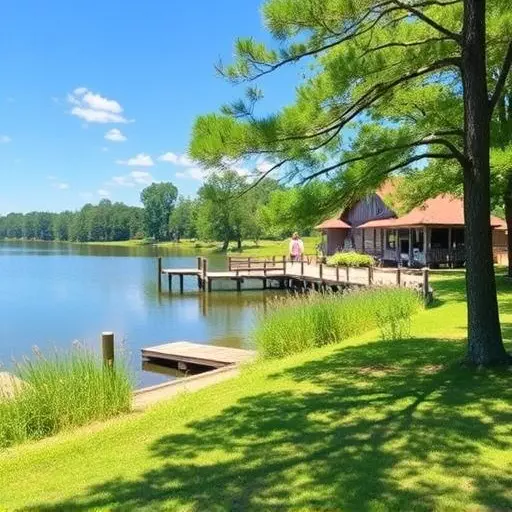
Spring Lake, North Carolina, is a vibrant outdoor destination boasting diverse parks and recreation…….
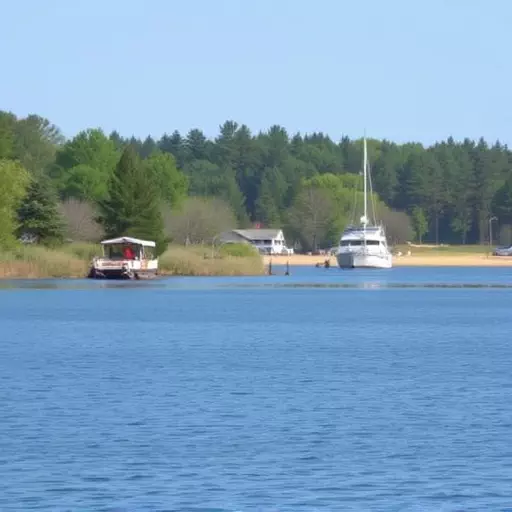
Spring Lake, North Carolina, is a cultural gem offering vibrant art festivals and diverse attraction…….
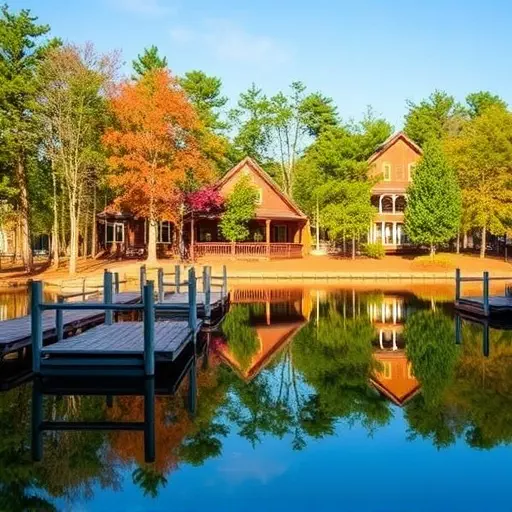
Spring Lake, North Carolina, offers a vibrant outdoor scene with diverse attractions tailored for al…….
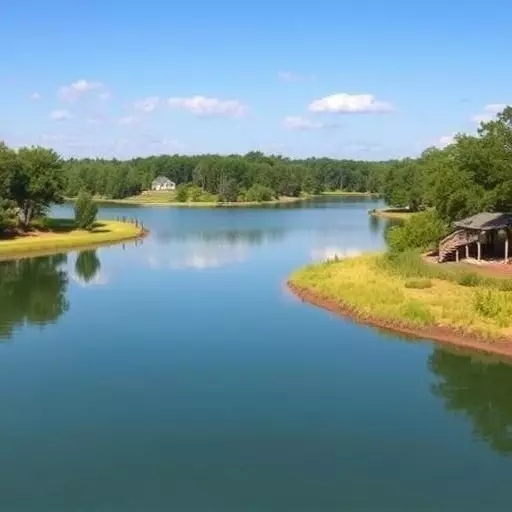
Spring Lake, North Carolina, is a vibrant community offering diverse attractions year-round, especia…….
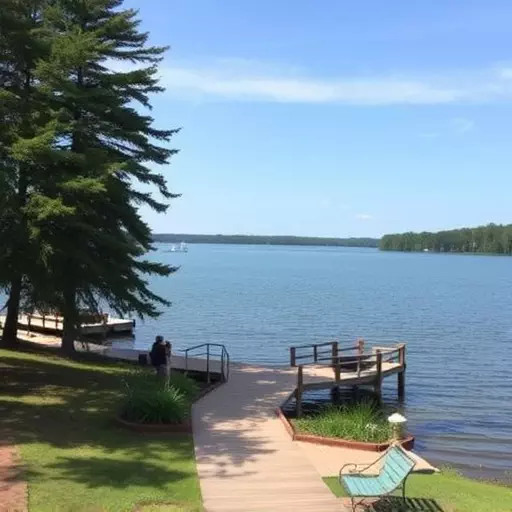
The Spring Lake North Carolina fishing pier is a beloved local attraction offering easy access to di…….

Spring Lake, North Carolina, is a charming destination offering a diverse range of attractions. Know…….